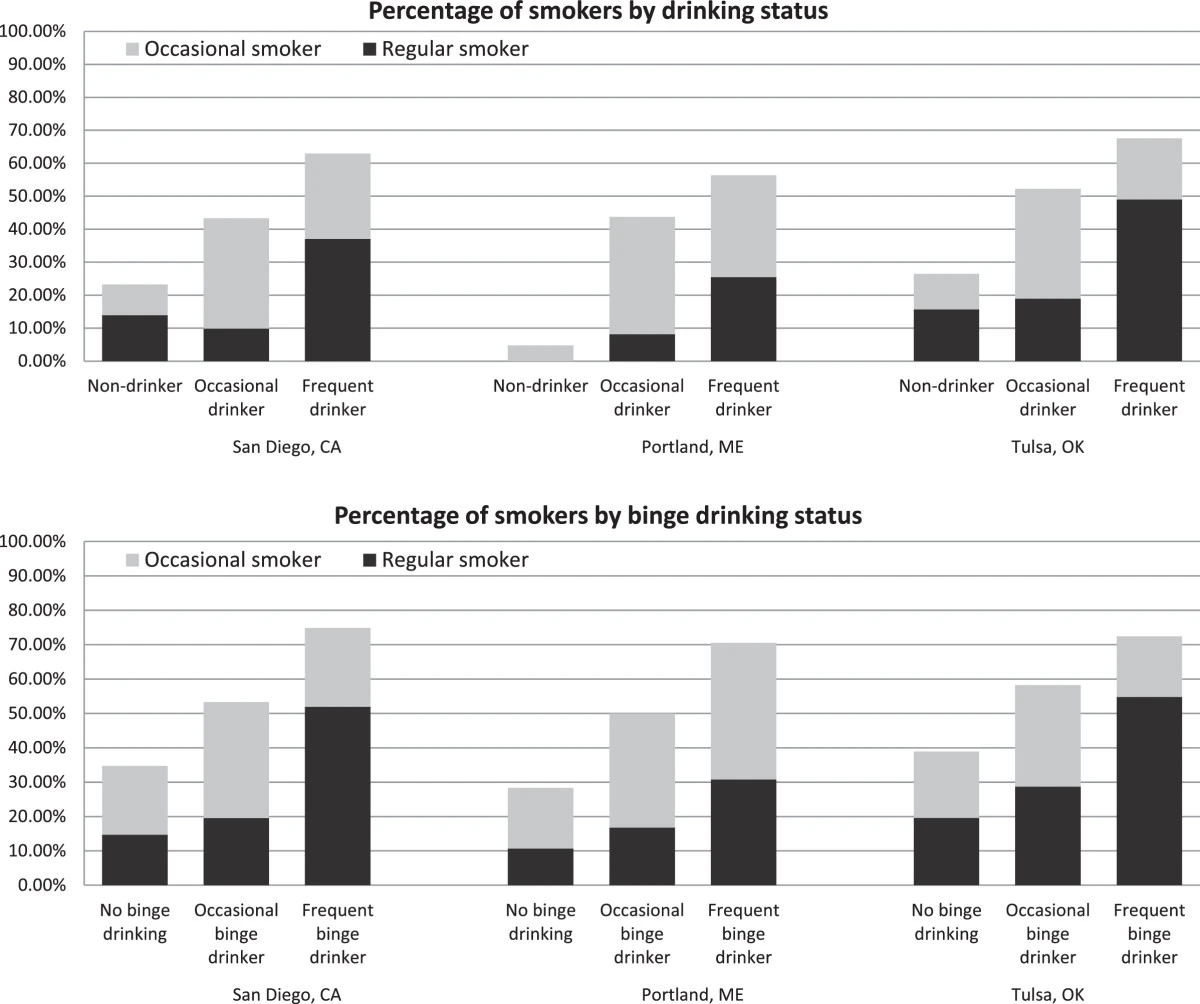Alcoholism And Smoking : The increasing prevalence of smoking and alcohol consumption among medical students is a concerning trend. Trend that can be worrying to note is the growing rate of smoking and alcoholism among medical students. However, despite their great knowledge of the health hazards linked with these habits, a good number of medics in training may find themselves struggling with unhealthy behaviors. Knowing the root causes, dangers and effective means to mitigate them is paramount if we are to address this problem.

Factors responsible for increasing alcoholism And Smoking :
- Academic Pressure and Extreme Academic Demand : In medical school, it is all about the grueling course work, examinations and incessant studying.
- Long Hours : Clinical rotations in combination with study schedules commonly result into sleeplessness and chronic stress leads to alcoholism And smoking.
- High Expectations : The burden of excelling alongside competing for top residencies can be overwhelming.
- Social Environment Social Gatherings : Medical students often meet in places characterized by Alcoholism And Smoking.
- Peer Pressure : An individual becomes a part of the crowd which takes part in such activities as Alcoholism And Smoking.
- Normalization of Behavior : The regular occurrence of these habits among peers makes them appear less unusual.
- Clinical Stress: The high-stress environment of hospitals and clinics can lead to increased Alcoholism And Smoking as coping mechanisms.
- Mental Health Issues Depression and Anxiety : Self-medicating occurs when mental health cases among medical students are on rise.
- Lack of Mental Health Support: Scarcity in mental support infrastructure worsens this problem.
Risk associated with Alcoholism And Smoking :
Significant risks for physical, mental and social health come with alcohol consumption and addiction. The main risks related to alcohol consumption and addiction are:
1. Risks to Health:
- Liver Disease: Liver diseases such as fatty liver, hepatitis and cirrhosis can develop as a result of heavy drinking.
- Heart Conditions: Alcohol abuse can cause high blood pressure, cardiomyopathy, arrhythmias, and increased chances of having a stroke or heart attack.
- Cancer: Alcohol use has been linked to an increased risk of several cancers including mouth, throat, oesophagus, liver, breast and colon cancer among others.
- Neurologic Damage: Brain impairment from prolonged exposure to alcohol contributes to cognitive dysfunction or dementia development possibility.
- Weak Immunity: Overconsumption of alcohol may suppress the immune system leading to frequent infections.
2. Mental Health Risks:
- Depression and Anxiety: Mood disorders like depression and anxiety could be induced by alcoholism.
- Addiction: With strong addictive properties of alcoholism comes dependence which is characterized by irresistible compulsion towards further drinking notwithstanding the negative consequences thereof.
- Sleep Disorders: In some cases alcohol along with other sleep-related disorders can lead to insomnia.
3. Social and Behavioral Risks:
- Impaired Judgment and Coordination: Alcohol weakens the senses of judgment, coordination, and reaction time that heighten accidents and injuries risk.
- Violence and Aggression: Alcohol intake can result in aggressive behavior thereby increasing the chances of involvement in violent acts.
- Relationship Issues: Social isolation and conflict are common results when one has a drinking problem.
- Legal and Financial Problems: The consequences of alcoholism encompass having to deal with legal matters.

To decrease alcohol intake and avoid addiction in medical colleges, following measures should be taken :
1. Educational Initiatives:
- Alcohol hazards should be taught in workshops or seminars.
- The curriculum should include substance abuse subjects.
2. Support Systems:
- Set up counselling offices and peer groups close to the students.
- Mentorship programs must be created to encourage healthy living.
3. Policy Implementation:
- Campus must have strict alcohol policies enforced.
- Encourage non-alcoholic events and organize some of them.
4. Health and Wellness Promotion:
- There should be stress management courses on wellness that are offered.
- Offer other recreational activities besides those that require drinking and provide healthy alternatives for food.
5. Monitoring and Evaluation:
- Conduct surveys and assessments regularly
- Students should have mechanisms through which they can air their grievances.
6. Community and Peer Engagement:
- Local organizations should work with trained peers who educate them.
- Prevention initiatives must involve local communities.
7. Crisis Management:
- Protocols for prompt action, early response, care, intervention to be established here
These steps will help create a nurturing atmosphere that encourages a positive way of life and deals effectively with matters concerning alcoholism And smoking.